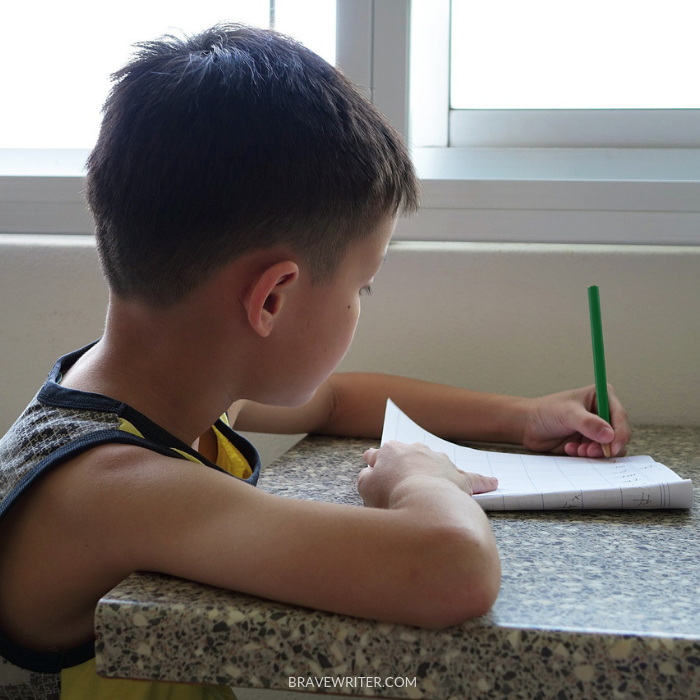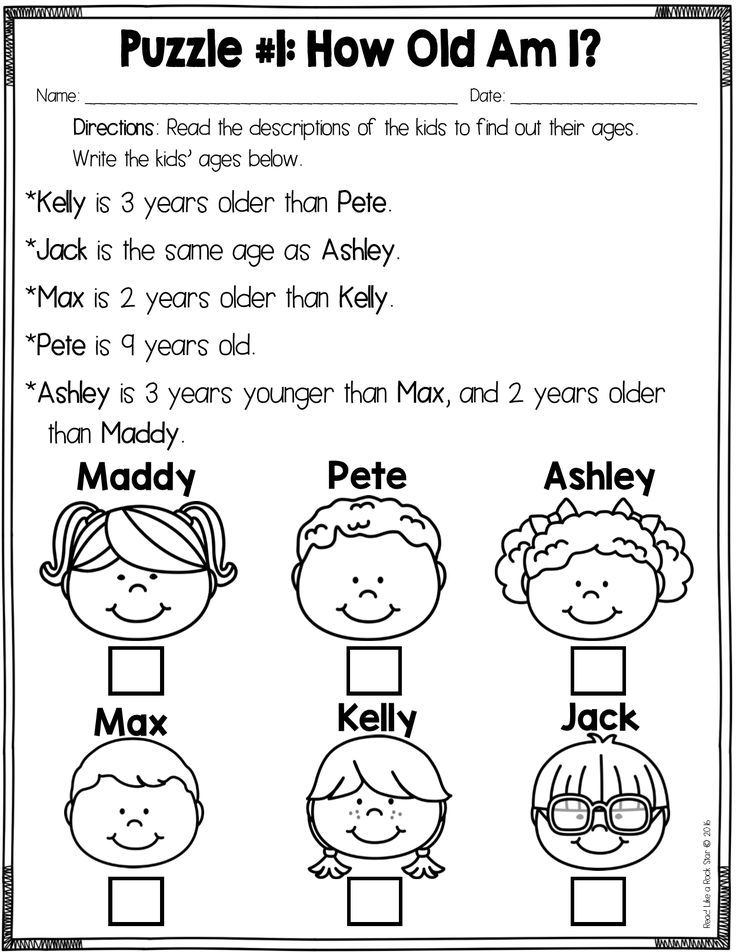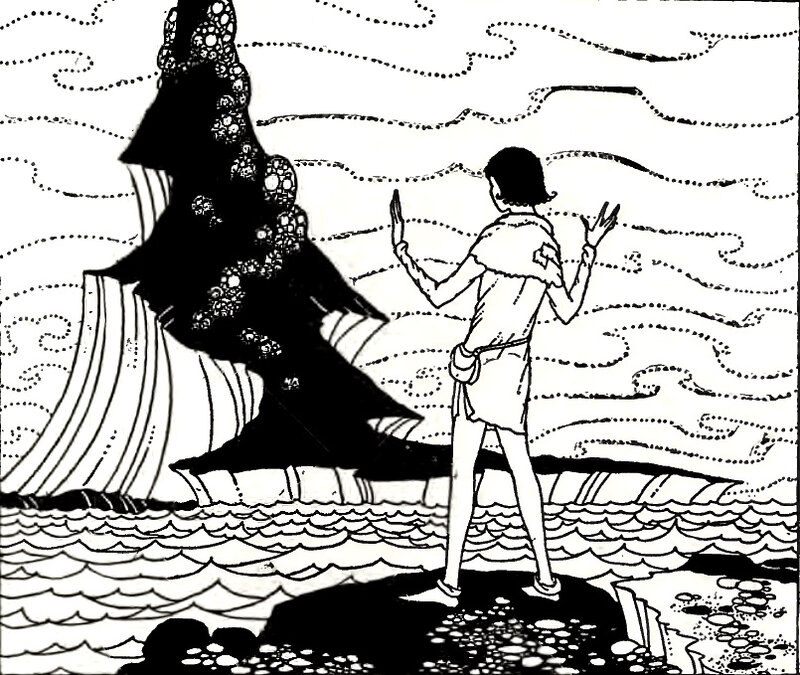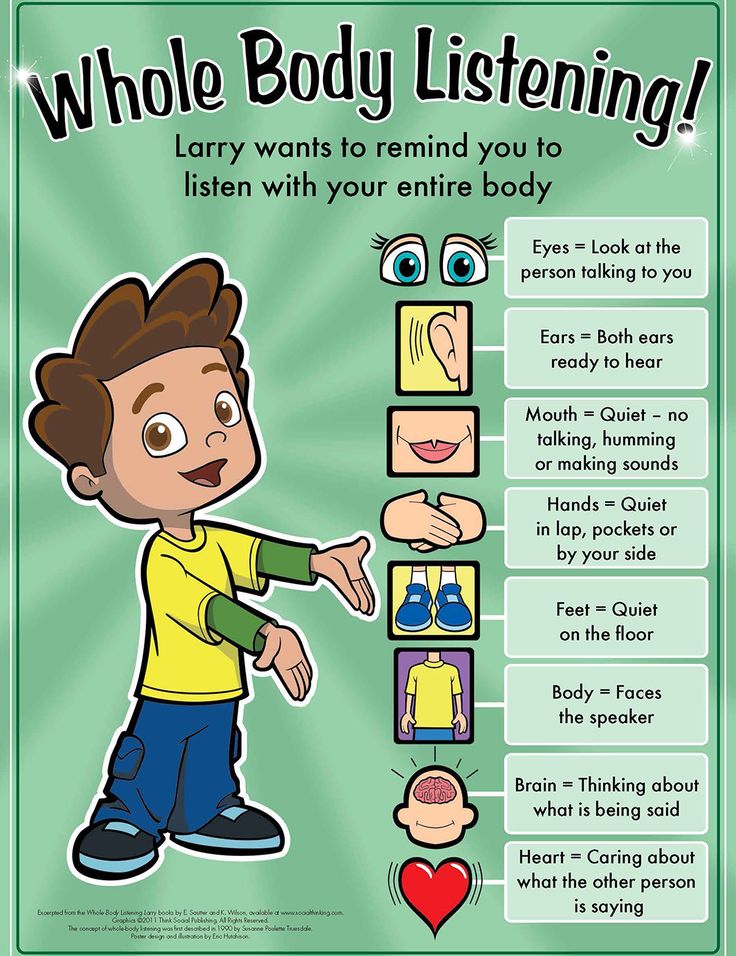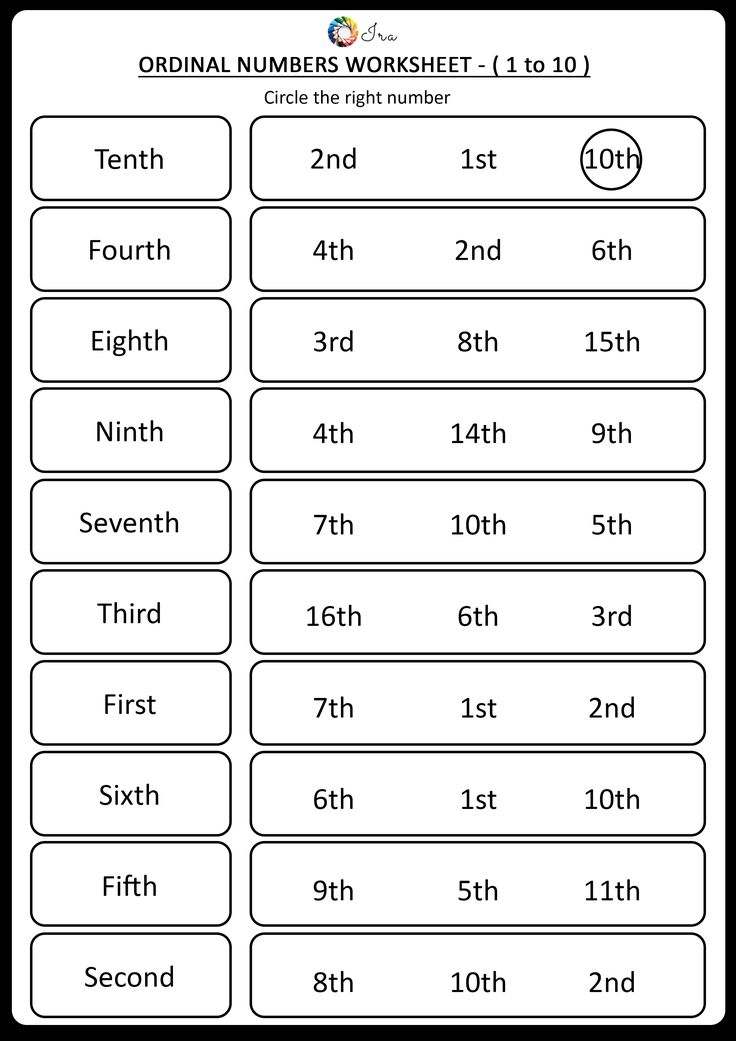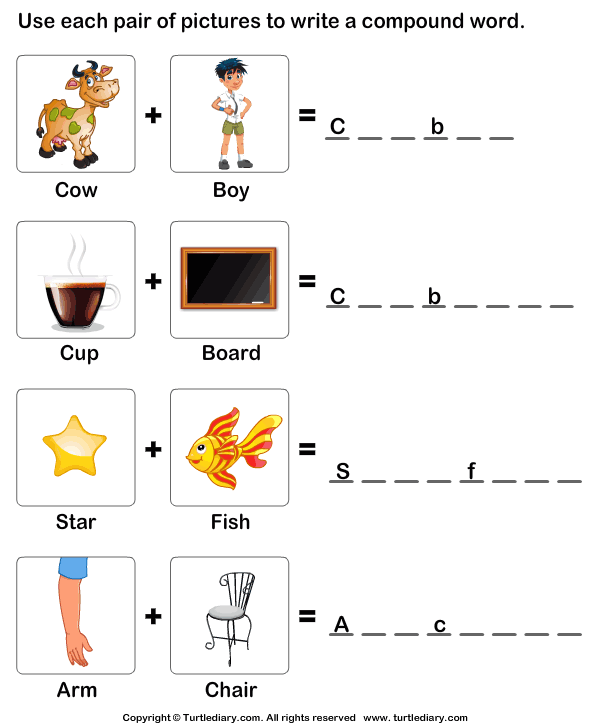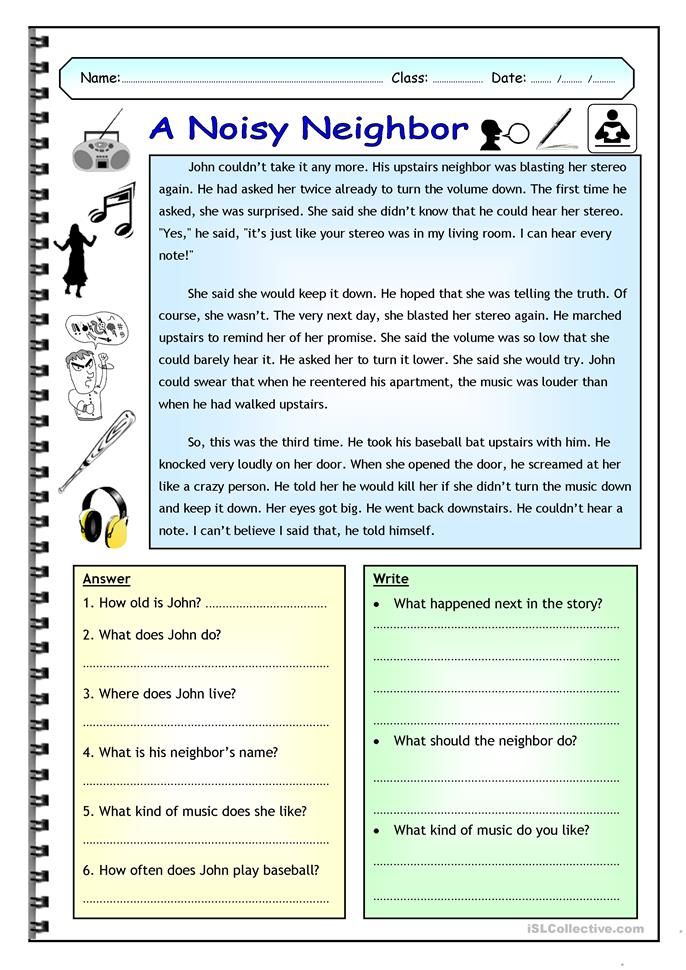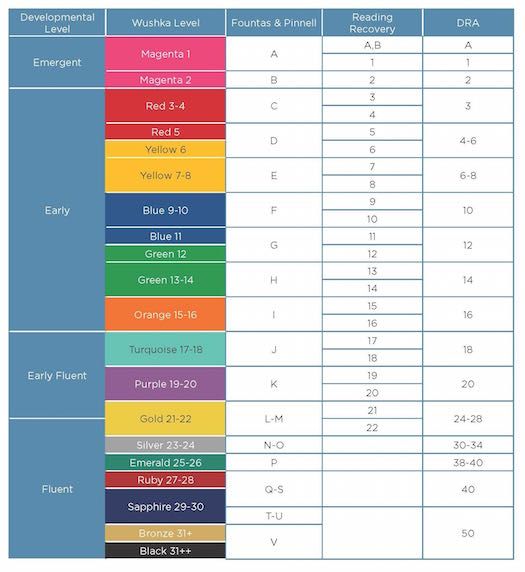Reading class for kindergarten
8 Fun-Packed Kindergarten Reading Activities
Once upon a time, my daughter was the most adorable literacy bug. When she was two — but a cherubic blob — she would sit herself down with a book and trace the lines of the pictures with her itty-bitty sausage fingers.
These days, it’s inconceivable that my energetic kindergartener is that same ready reader.
I feel as though I only see her in blurs — running outside, climbing a tree, zooming down the street on her bike and gobbling food down in a flash.
Join me in anchoring your human lightning bolt down, and engage your little one with these kindergarten reading activities.
These fun kindergarten reading activities draw kids in with the promise of the same high-energy excitement that takes them everywhere else as they get a daily, fun dose of literacy.
1. Make up rhymes
Songs like the ultra silly, “Down by the Bay”, serve several purposes. Besides being torturously hard to stop humming long after your child has gone to bed, the impromptu rhyming in this song allows for some great reading skill building.
When children come up with rhyming words, they are first recognizing that words can be grouped together (by ending sound), and are practicing phonemic awareness (the skill that allows them to identify and manipulate beginning sounds of words).
Sing the song with your child, first using the standard lyrics. Then, take the kookiness to the next level by putting them on the spot to come up with rhymes after “Did you ever see a________,”
Here is some inspiration to get you going:
“A mosquito eating a burrito?” “A witch scratching an itch?” and “A beagle petting an eagle?”
2. Play “Zap!”
This high frequency word game works best with two or more players.
To set up the game, first begin by grabbing 25 Popsicle sticks. Then, write 6 or 7 sight words onto 22 sticks. Common words include “I”, “we”, “the”, “me”, “my”, “is” and “a.” On the remaining three sticks, write the word “ZAP.”
Place all Popsicle sticks in the coffee can your child has been banging on all day.
Play works like this: each player takes turn drawing a stick. If they can correctly read the word, they keep it. If not, they return it to the can.
The object of the game is to collect the most Popsicle sticks in a given time. If a player draws a “ZAP” stick, they must return all of their words to the can.
Set a three-minute timer and vary difficulty of play by including more or less words, depending on your child’s reading level.
3. Make an ABC book
Grab 13 sheets of paper, cut them in half and bind your book by stapling the ends together.
Have your child come up with pictures or words for each of the pages (corresponding to each letter of the alphabet), personalizing each page to his liking.
For example instead of the standard, “A is for apple,” boring nonsense, your child may come up with “A is for ‘awesome,’” a word that my kid overuses the heck out of, honestly.
Once your child’s 26-page masterpiece is complete (note: this activity can span over a few days, because I wish my kid would sit still for a 26 page book), encourage him to use it as reading reference.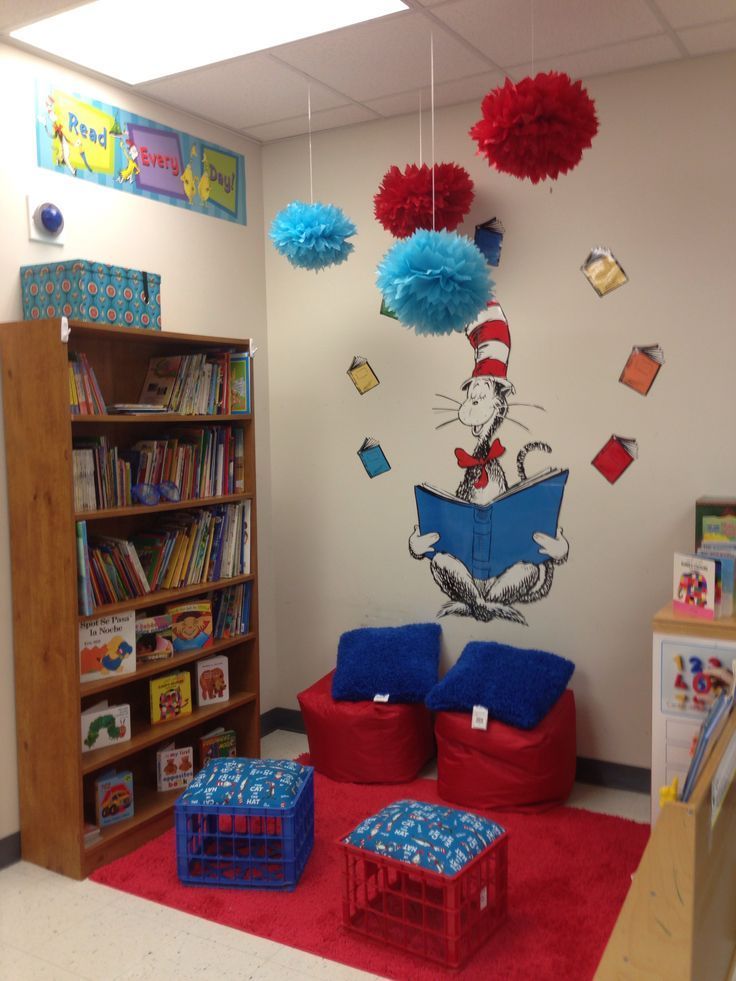
When he can’t quite think of that one letter sound, reach for this baby for some quick, personalized help.
Pro Tip: Help Your Child Become Better at Reading
Enroll your child for the Atlas Mission and let your child play with this award-winning educational program. Your child will become better at reading without even realizing it!
4. Word stretching
This kindergarten reading activity requires zero materials but demands a ton of mental muscle flexing.
Focus on oral blending, a crucial — and for kindergarteners, often the most “But I don’t wanna!” — part in learning to read. Your child will take the corresponding sounds of a word and slowly put them together.
Begin with simple, three-letter words.
First, show your child how you will physically stretch out a word by putting your hands together like you’re holding a giant imaginary rubber band. Next, stretch out that rubber band as you blend out the word “c-a-t.”
When you have fully stretched out the word, clap your hands together (mimicking the bouncing back of a rubber band) and say “cat.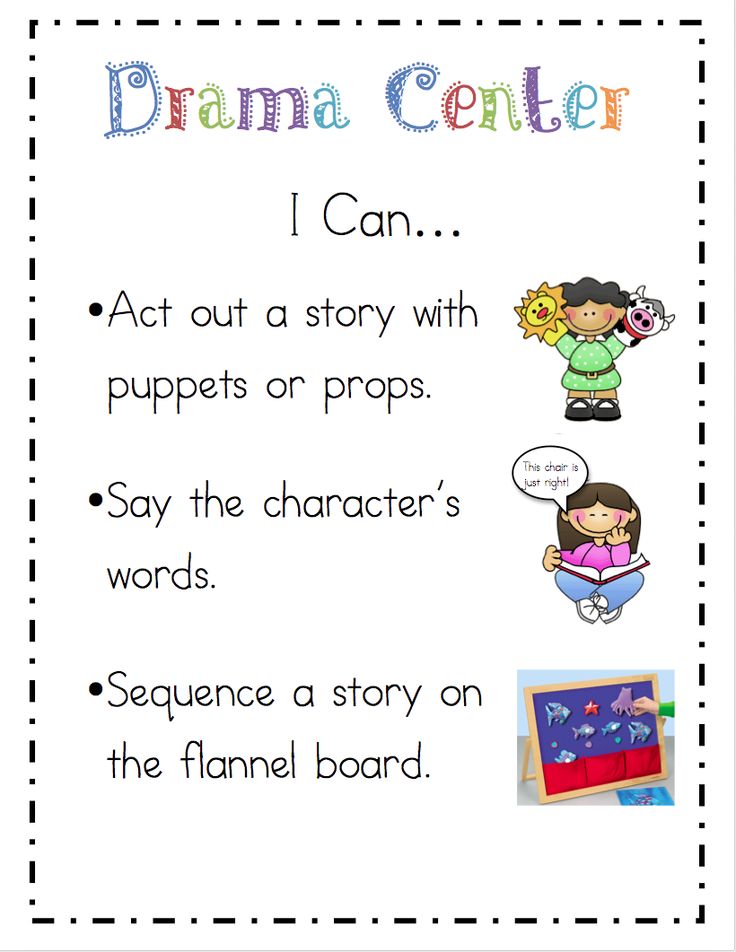 ”
”
Once you have given your child plenty of guided blending practice, have him try to stump you as he blends a word.
5. Dramatic readings
Here you’ll be focusing on reading with a dramatic twist.
Begin by repurposing the Popsicle sticks and can from “Zap.” Then, decide how the first player will read out the drawn word. Fun dramatic voices to use include:
- An old man
- A baby
- A lion
- A nagging parent (the imagination that will be required!)
- A bear (using a deep voice)
Make sure you have a large empty space, so your child can appropriately get into character. The person who chooses the first word reads out in the character assigned.
Play continues with the person who just read a word choosing the voice-type for the next player, or until words become incomprehensible through giddy laughter.
6. Create a phonics wall
Get ready for some of the most artistically questionable (but cool and literacy-boosting) drawings.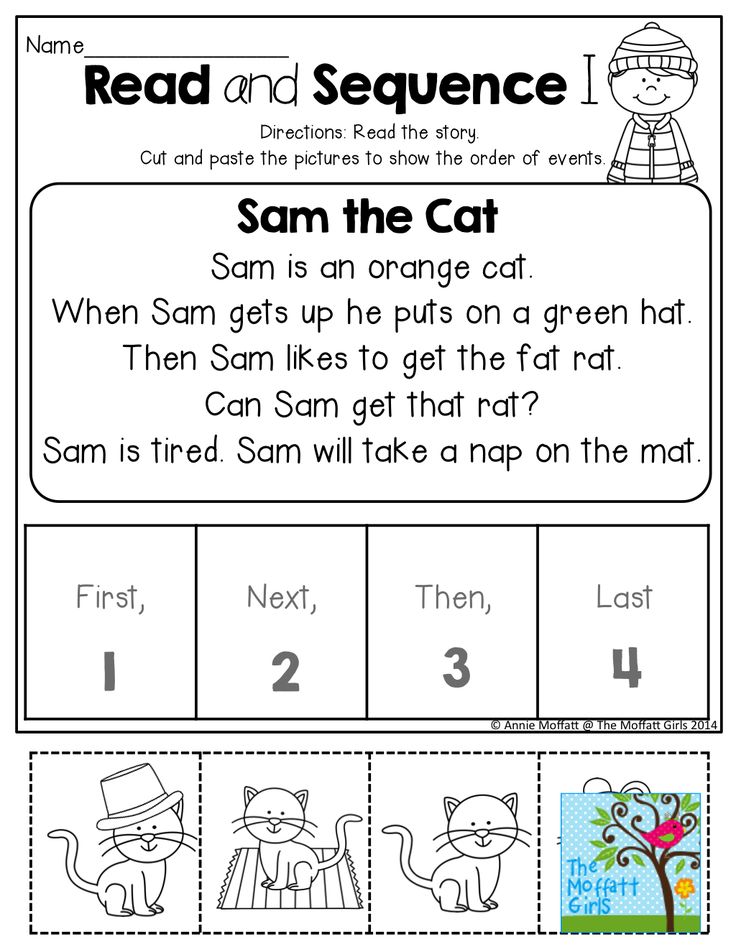
Challenge your child to come up with a poster that depicts the sound of a letter.
Start with your child’s letter choice and go from there. There is no picture idea too silly. A picture of bats bowling and queens quacking? If it makes sense to your child and satisfies the letter sound criteria, let them go for it.
Hang those posters up proudly!
When she constantly surrounds herself with personalized and meaningful reading tools, your child will be far more likely to want to engage with reading.
7. Read rebus sentences
A rebus sentence uses a picture or a symbol as a stand-in for words. This is an easy, entertaining way for your child to learn to read and write.
Take the lead as you inspire your little one. Start by creating simple rebus sentences like I “heart” you — with the heart serving as a stand-in for the word “love.” Scatter rebus sentences around the house.
The use of pictures and symbols provides a fun mystery element that will make your child want to engage in reading now.
Sooner rather than later, encourage your child to respond back.*
Do your best to decipher the stick scribbles your child leaves behind.
* If your child is not yet confident in her artistic ability (or if, like yours truly, you have never been confident in yours), use stickers for picture stand-ins.
8. Carnival toss and blend
This reading activity takes the concept of the ultra addicting (and money draining) ski ball and repurposes it for some kindergarten literacy fun.
Begin by grabbing 4 solid-colored plastic cups, a permanent marker and some tape.
Then, label the inside (near the top) of each cup with an easy word blend like “st,” “bl,” “cl,” and “qu.” Lastly, fold over a large piece of tape onto itself and place it on the bottom of your cup to anchor those babies down to the floor.
Arrange cups in any formation. So long as the cups are touching, any arrangement works (a pyramid, a zig-zag etc).
Grab some large coins to get going.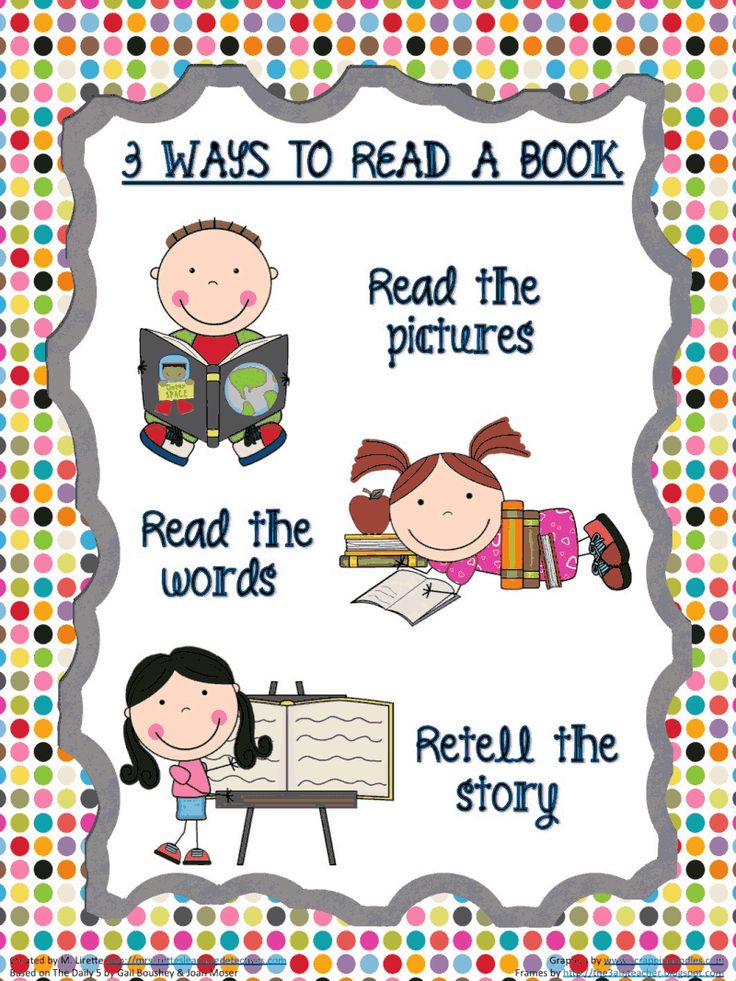 Each player tosses a coin and waits to see the corresponding blend. If your coin lands in the “bl,=” cup for example, you can say, “blob”.
Each player tosses a coin and waits to see the corresponding blend. If your coin lands in the “bl,=” cup for example, you can say, “blob”.
Play continues until coins run out.
Have fun with these 8 kindergarten literacy activities and let us know which one your kiddo likes the most!
The Best Methods for Teaching Reading in Kindergarten
The Best Methods for Teaching Reading in Kindergarten
Image Source: Unsplash
Reading is one of the most important skills children need to learn in school. Reading gives them knowledge about the world and helps them learn about subjects such as science and history. It also helps them with their future studies and career options. As such, teaching how to read is one of the most important subjects in the earlier grades. In fact, it’s one of the first subjects children learn. Reading is foundational, and it’s one of the first skills children begin learning. In order to teach how to read, you must make sure your students have the tools they need.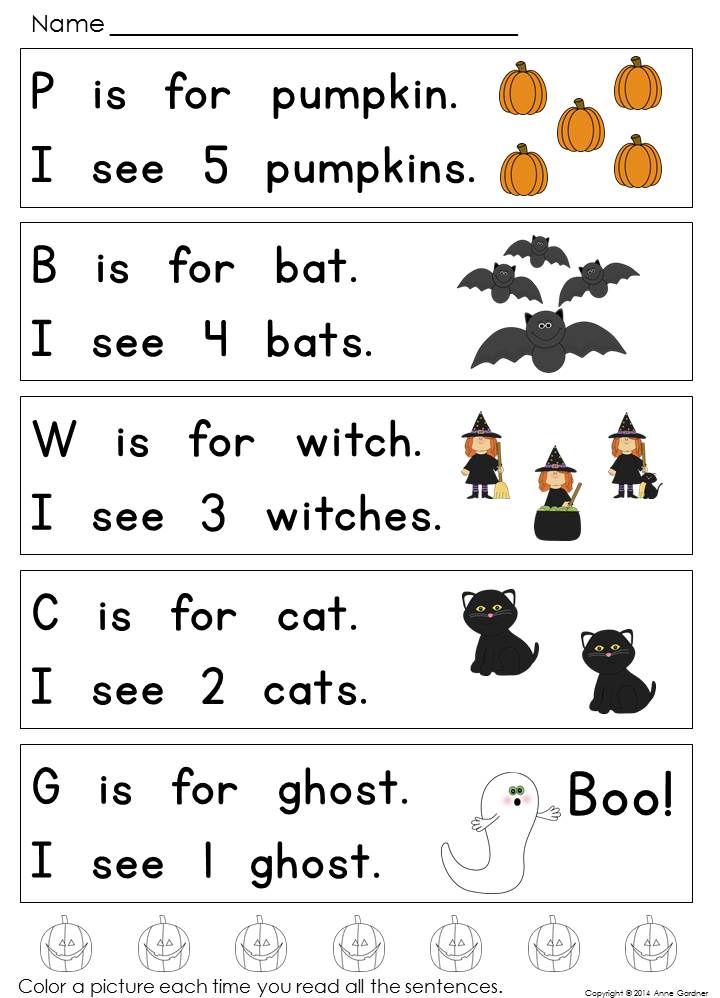 Different methods can be used to help children become better readers. This article explores the best methods for teaching reading in kindergarten.
Different methods can be used to help children become better readers. This article explores the best methods for teaching reading in kindergarten.
Teach Phonics
Phonics is one of the best methods for teaching in kindergarten. Even if a child learns to read words by sight, they still need to know how to use phonics. Phonics teaches children about how words are pronounced and what the word’s letters sound like. Even if children learn to decode words by sight, they still need to know how to use phonics, which teach them about how words are pronounced and what the words’ letters sound like. For example, “K-I-T” is pronounced as “kit,” while “C-A-T” is pronounced as “cat.” After they learn these rules, children can figure out which letter corresponds with each sound, so they can read any word correctly.
Help Kindergarten students Build Their Vocabulary
One of the best ways to teach reading is by helping children build their own vocabulary.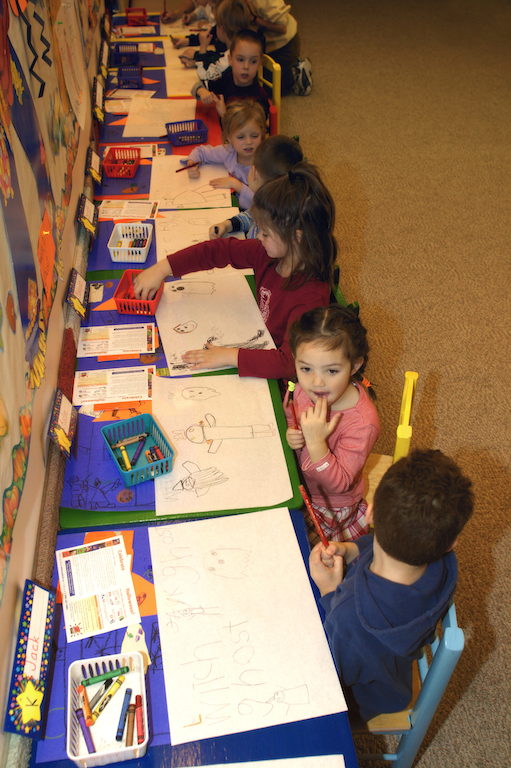 A large vocabulary leads to a better comprehension and proficiency in all language arts skills—not just reading, but also writing and spelling. Children need to know at least 5,000 words before they start kindergarten, experts say. It’s important for kindergarten teachers to focus on teaching their students new words and expanding their vocabulary. This can be done through games that use word cards or through word work activities. In this way, children will learn new words with meaning and context as they play these games or complete these activities.
A large vocabulary leads to a better comprehension and proficiency in all language arts skills—not just reading, but also writing and spelling. Children need to know at least 5,000 words before they start kindergarten, experts say. It’s important for kindergarten teachers to focus on teaching their students new words and expanding their vocabulary. This can be done through games that use word cards or through word work activities. In this way, children will learn new words with meaning and context as they play these games or complete these activities.
Teach Sentence Repetition
One way to teach children how to read is by using sentence repetition. With this method, children repeat sentences as they are read. The sentences should be short and simple at first. As students get better at repeating the sentences, the sentences can get more complex. This may take a little practice on their part but it is worth it in the long-run. In order to teach reading, you need to know what methods work best for your students.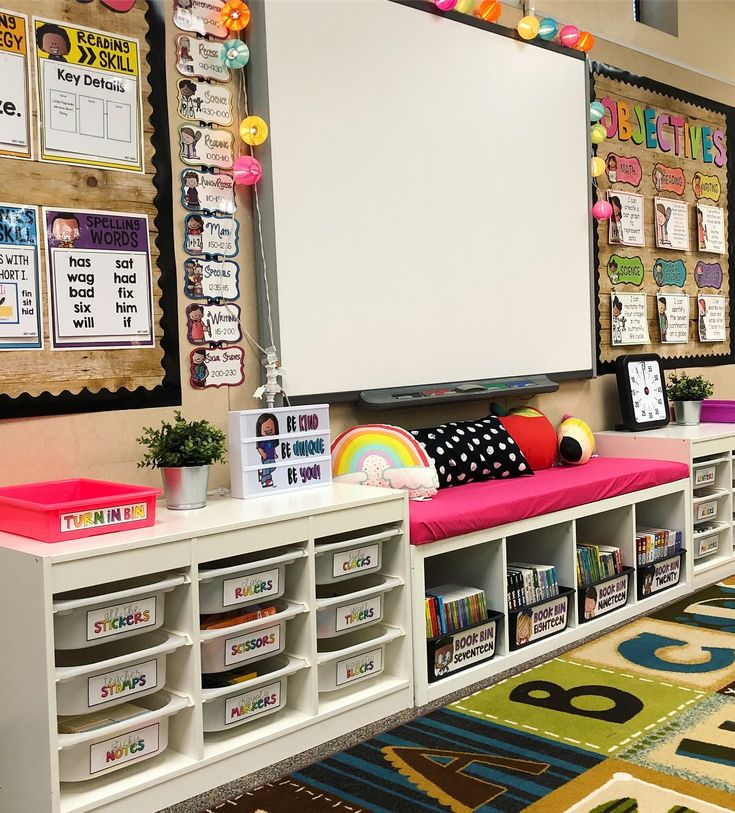 Some people might find sentence repetition more helpful than others so you’ll want to experiment with different methods until you find one that works for your class.
Some people might find sentence repetition more helpful than others so you’ll want to experiment with different methods until you find one that works for your class.
Give Fluent Reading Practice
The fluency of a reader depends on how quickly, smoothly, and accurately they read. The more fluent the reading is, the easier it will be for the student to comprehend what they are reading. Fluent readers can use context clues to figure out unfamiliar words and comprehend what they are reading without having to rely on their teacher or parent. One of the best methods for teaching how to read in kindergarten is giving your students fluent reading practice. Letting them read books out loud to you while you follow along with the text helps develop this ability. This type of fluent reading practice also allows them to get feedback on their pronunciation, which can help them improve as a reader. For example, telling your students when they mispronounce a word, or when they don't read fluently enough can be very helpful in improving their skills.
Have Daily Reading Rituals
The biggest thing you can do to help your students become better readers is have reading rituals in your classroom. Reading to students is one of the best methods to teach them how to read. As such, it should be a daily ritual at school and home. In order to have a successful reading ritual, you must make sure that the book or story is appropriate for the age group and skill level of the reader. For kindergarteners, books with simple sentences are typically best.
Conclusion
Reading is a critical skill. The best methods for teaching reading in kindergarten are to help the students build their vocabulary, teach sentence repetition, give fluent reading practice and have daily reading rituals. These methods will help them to read better, because with every new word they learn, students are also learning new sounds and building their fluency. This is why it is important to teach these methods to kindergarten students.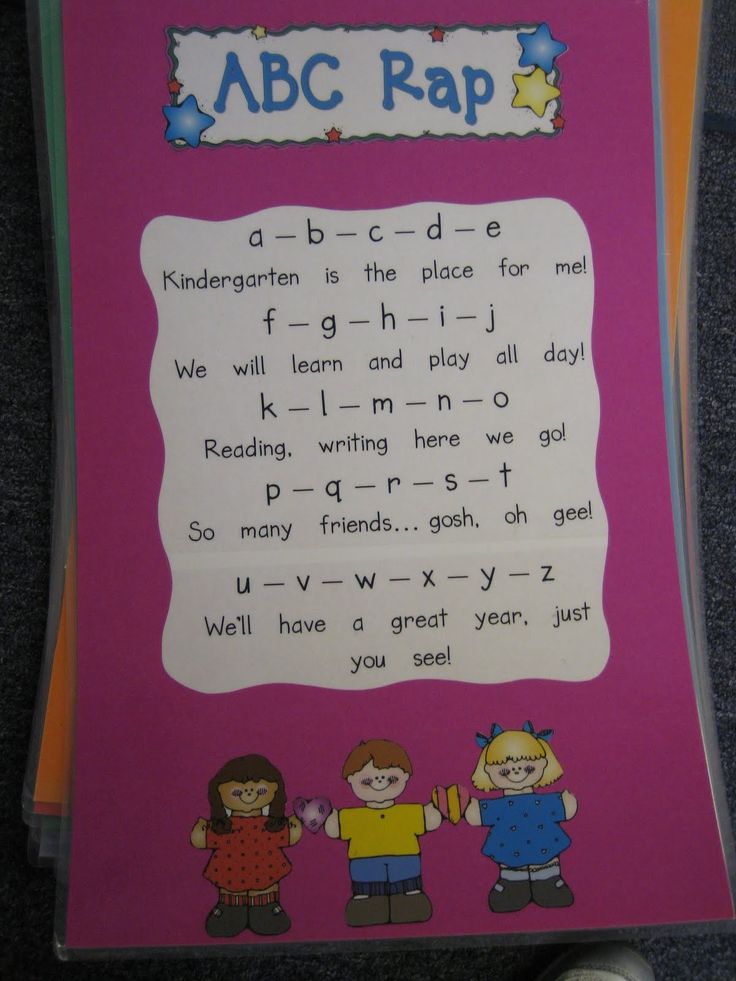
Start Teaching Reading for Free Now!
Access Level 1’s four interactive stories and the accompanying supplemental resources to teach elementary students how to read. No credit card is needed. Join the 42,635 teachers and students using our reading program.
Learning to read | Kindergarten No. 74 of a general developmental type
Home » Our consultations » From the experience of our teachers » Learning to read
For you, parents!
(from the work experience of the educator MADOU No. 74 Rubtsova Marina Vasilievna )
Parents of preschool children attending kindergarten often rely on the fact that their children will be prepared for school by the efforts of educators. Indeed, specially organized classes help children prepare for school, but without the help of parents, such preparation will not be of high quality.
Experience shows that no best children's institution - neither kindergarten nor elementary school - can completely replace the family, family education.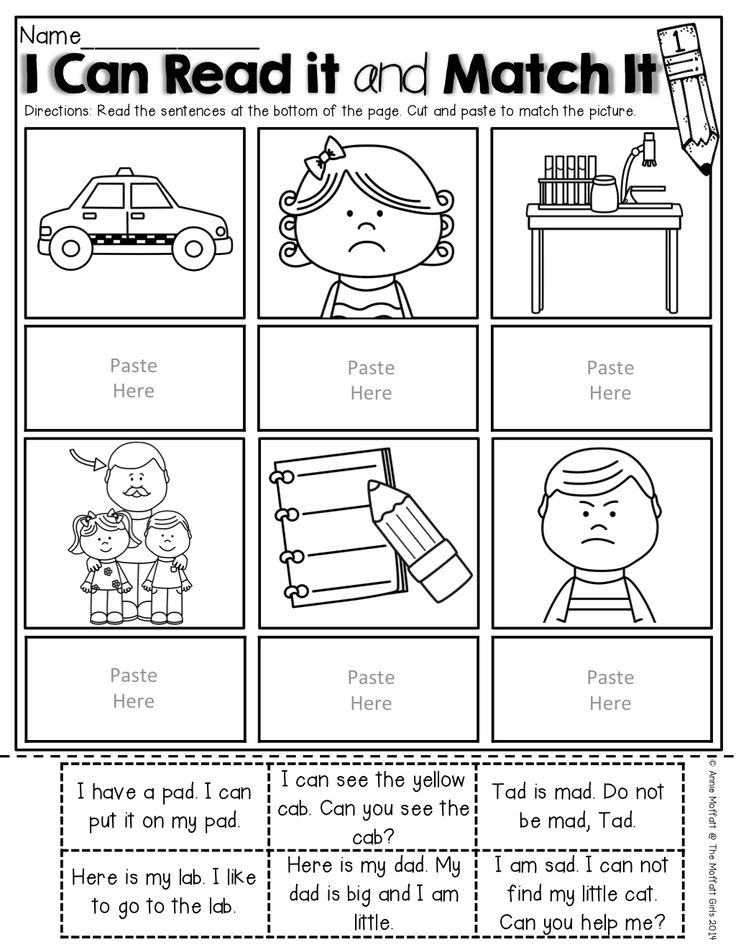 In a preschool institution, children are taught many useful skills, they are taught to draw, count, write and read. But if the family does not take an interest in the child’s activities, do not attach due importance to them, do not encourage diligence and diligence, the child also begins to treat them with disdain, does not strive to work better, correct his mistakes, and overcome difficulties in work. Some children are deeply offended by such inattention of their parents, they cease to be sincere and frank. On the contrary, the interest of parents in the affairs of the child attaches particular importance to all the achievements of the child. Help in overcoming the difficulties that arise in the performance of any kind of activity is always accepted with gratitude and contributes to the closeness of parents and children. At home, the ability to read can come as naturally to a child as the ability to walk or talk. Dear parents, grandparents! If you want to teach your child to read before he goes to school, pay attention and understanding to all our advice.
In a preschool institution, children are taught many useful skills, they are taught to draw, count, write and read. But if the family does not take an interest in the child’s activities, do not attach due importance to them, do not encourage diligence and diligence, the child also begins to treat them with disdain, does not strive to work better, correct his mistakes, and overcome difficulties in work. Some children are deeply offended by such inattention of their parents, they cease to be sincere and frank. On the contrary, the interest of parents in the affairs of the child attaches particular importance to all the achievements of the child. Help in overcoming the difficulties that arise in the performance of any kind of activity is always accepted with gratitude and contributes to the closeness of parents and children. At home, the ability to read can come as naturally to a child as the ability to walk or talk. Dear parents, grandparents! If you want to teach your child to read before he goes to school, pay attention and understanding to all our advice. To avoid the sad consequences of illiterate learning.
To avoid the sad consequences of illiterate learning.
Learning to read
It is believed that learning to read early gives a child great intellectual potential. A pre-reader or a first-grader who is already reading develops faster, learns easier and better, and remembers more.
Where to start?
- The main rule of learning to read: "Do not chase the result!". First, show your child the alphabet. If he is interested, consider it, name the letters, syllables. Learning to read is best started on their own initiative. Your task is to support, not to ruin the initiative with excessive zeal.
- Learning to read can begin with the study of letters or syllables. Colorful tables, posters, cubes are well suited for these purposes. The material may change from time to time. And it is not at all necessary to memorize the alphabetic name of the letters with the kids.
- Pay special attention to the game form of the lessons, as well as their duration (15-20 minutes).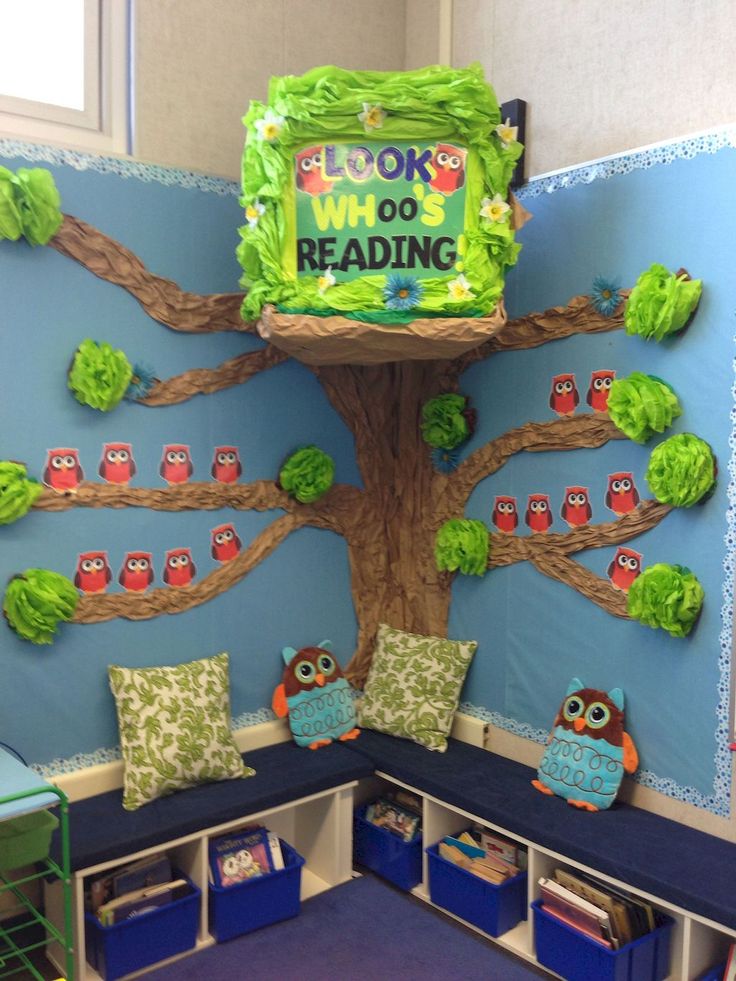 Do not forget how joyful and interesting they will be, his further education largely depends. The main thing is not to forget that all this is just a game, and not preparation for the exam.
Do not forget how joyful and interesting they will be, his further education largely depends. The main thing is not to forget that all this is just a game, and not preparation for the exam.
-If a child is ill or not in the mood to study, it is better to postpone the “lesson”, do not study by force.
-Lessons should be varied, change tasks often, because small children get tired quickly and their attention is scattered. So you will have to constantly maintain the interest of the child in what you propose to do.
-Read in front of the child. Mom is the best role model.
- In parallel with reading, you can learn to write. The child will be quite capable of performing graphic tasks: circle simple figures point by point with your hand. You can "type" on the old keyboard. Maze toys prepare a hand well for writing, in which small details need to be raised, for example, from bottom to top, or swiped from left to right.
Important about letters
You can often see such a picture on the street.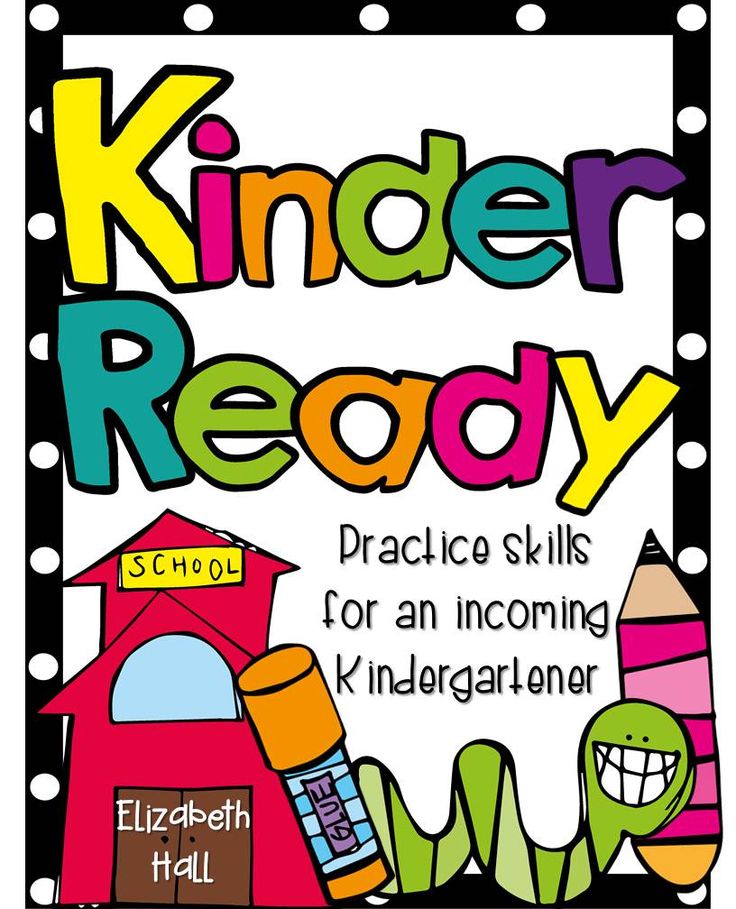 Mom asks the child, pointing to any letter of the sign on the house: "What is this letter?" The child happily answers: "PE!", Or "EM!", Or "ES!" One feels like saying:
Mom asks the child, pointing to any letter of the sign on the house: "What is this letter?" The child happily answers: "PE!", Or "EM!", Or "ES!" One feels like saying:
“Dear adults! If this is how you call letters to children,
, then how will your little student read the syllable "MA"? Imagine, he will most likely get "EMA"! And he will be right: EM + A = EMA. And the word "MA-MA" in this case will be read as "EMA-EMA"!
Most teachers and speech therapists agree that when teaching preschool children, the alphabetic army should be called in a simplified way: not “pe”, but “p”, not “me”, but “m”.
Learning to read at home
How to teach to read and not injure the psyche, not to force, but on the contrary, arouse interest and desire? If you actively played with the child, while attracting a book, then this will greatly facilitate the task.
The first unsuccessful experiences can completely discourage you from starting to learn to read. The child understands that learning to read is not so easy and hardly repeats attempts. Learn more letters back and forth. But to combine them into words and read, and then understand what you read - it's pretty hard. But gradually the child overcomes this difficulty.
The child understands that learning to read is not so easy and hardly repeats attempts. Learn more letters back and forth. But to combine them into words and read, and then understand what you read - it's pretty hard. But gradually the child overcomes this difficulty.
Learn to read in the game. But, most importantly, what we should remember is not to torment the child and ourselves. Don't make it an unpleasant duty, don't compare one child to another.
Here we need patience, love, consistency, fantasy. You can beat the learning process, turn it into a holiday, into an exciting game. Keep it short but effective.
So, let's move on to the study of letters and sounds.
1. Learning is best to start with vowels.
Some parents have already introduced their children to different letters, but where do you start? You need to start with vowels, which you need to determine whether the child remembers them well.
To teach children to read, you can use cut out letters, paint, plasticine, whatever you want.
Now I'll show you some exercises that will help you reinforce the learned vowels.
- I will call you a letter, and you take it out of the magic box and we are building a house with you:
E e
A A A A
Ob of
and
U in
E E
This is needed for that. so that the child learns to read and write lines. ( Can be read)
It will take some time to memorize one letter, three, four, five or even six days. If the child remembers longer, it's okay. It is important that the child not only read a new letter, but also knows how to find it. You can ask the child to find the letter O , then the letter A , and so quietly the child makes a train.
A U O E I S E Y Y Y Y E
Later, when the train is completed, the child can read it. If a child has a hard time remembering vowels, you can remember them associatively.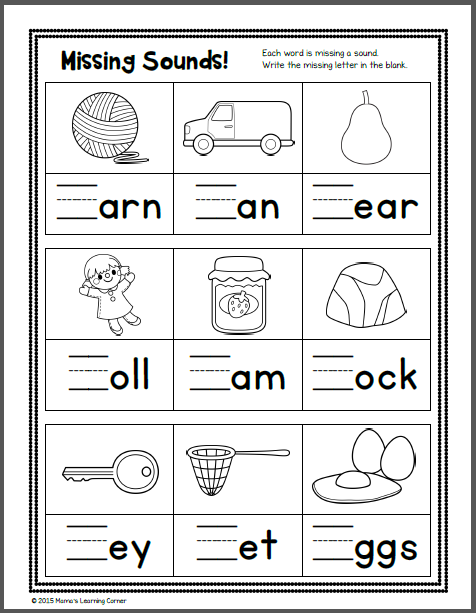 But A , as always, does not cause difficulties, U are ears, And - we smile, O - this is a circle, what we see, then we say, the letter Yu - can be remembered as a skirt, E - the car is driving, E - hedgehog, If the child has forgotten the letter, then ask him: "Prickly with eyes."
But A , as always, does not cause difficulties, U are ears, And - we smile, O - this is a circle, what we see, then we say, the letter Yu - can be remembered as a skirt, E - the car is driving, E - hedgehog, If the child has forgotten the letter, then ask him: "Prickly with eyes."
The most difficult letter of the vowels is the letter E . This letter is difficult because some children pronounce it like E , this is wrong. It is necessary to monitor the correct pronunciation of the sound and correct the child.
A U O E I S E Y Y Y E
The letter E came out to the yard for a walk, which letter came out to her, choose.
EO , change places you get OE .
So, we have already learned the vowels, let's move on to the consonants.
Consonants
To study consonants, choose the first voiced letter, M, N, L, R .
Consonants are best studied immediately with a familiar vowel. It is easier for a child to remember a new letter. In addition, we thus imperceptibly approach the syllables.
To do this, the child needs to build a house out of vowels:
A E
OU
U
and I
Next, we introduce a child with a new consonant letter. We tell the child to raise the letter on the elevator while reading the syllable.
If a child cannot remember a letter or pronounces it incorrectly, an exercise called "Pens, Pens" will come in handy.
The child sits in front of you so that he is not distracted, take his hands. This exercise is difficult and requires a lot of attention.
You hold the child by the hands, and he, looking into your mouth, repeats after you.
The peculiarity of this exercise is that the child does not see the letter, he perceives it by ear.
First, show the child the letter with your hand, and let him name them, later you remove your hand and the child should show and name the letters. For example: with the letter , will have NU , etc. It is necessary to ensure that the child reads not only when you show him with your finger, but so that he himself can take and read.
Syllables
Children usually stumble at this stage. It is difficult for them to read syllables together. It is important that the child not only read the syllables first consonants and then vowels, but also to be able to distinguish when, on the contrary, there are first a vowel and then a consonant.
We offer you a manual that makes it easy for children to learn syllabic reading.
Didactic manual for teaching reading "Magic Windows"
At the stage of learning to read syllables, it is useful to use such a device. Making this educational game is not an easy task. But all preschoolers like to play with "windows", and you will not regret taking the time to make this manual.
Making this educational game is not an easy task. But all preschoolers like to play with "windows", and you will not regret taking the time to make this manual.
You will need:
2 sheets of white or colored card stock;
sketchbook;
ruler;
simple pencil;
colored pencils or markers;
scissors, glue.
Make a markup on one sheet of cardboard: lay the sheet horizontally, divide it into 2 equal parts with a vertical line, mark windows at the same level in each half, observing the same indentation from the edges and from the middle line. Cut out the windows with scissors. On the reverse side, glue a cap from the second sheet of cardboard. Apply glue only along the middle line, along the right and left edges.
Open the album in the middle, unfasten the staples and pull out the double sheet of paper. Cut it in half lengthwise so that you get two identical strips. Mark each strip along its entire length: draw rectangles with a width corresponding to the height of the window in the part made of cardboard earlier.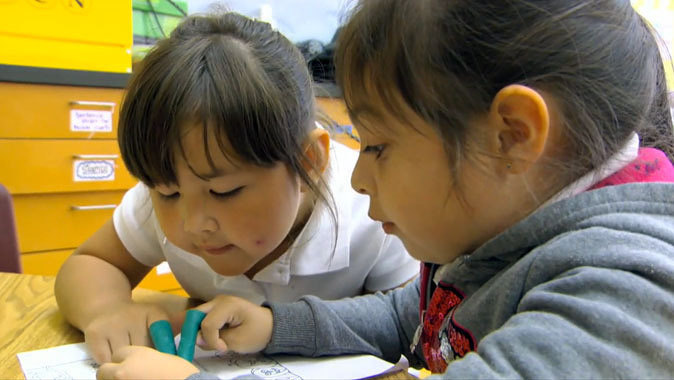 On one strip, write the vowels A, O, U, Y, I, E, E, I, Yu, E (one letter in each rectangle). On the second strip, write the consonants M, P, N, K, C, C, T, B, D, G, 3, F (also one letter in each rectangle).
On one strip, write the vowels A, O, U, Y, I, E, E, I, Yu, E (one letter in each rectangle). On the second strip, write the consonants M, P, N, K, C, C, T, B, D, G, 3, F (also one letter in each rectangle).
Insert the strips into the cardboard frame: the vowel strip on the right, the consonant strip on the left.
Now set any consonant letter in the left window, and move the right bar so that vowels appear in turn in the right window. Let the child read the resulting syllables. For example: MA - MO - MU - WE - MI - ME - MY - MY - MU - ME. Move the bar on the left to make a new consonant appear, move the right bar again, inviting the child to read new syllables.
Next time, leave the vowel you chose unchanged, and change the consonant by moving the left bar in the boxes. Ask the child to read the resulting syllables. For example: MA - PA - NA - VA - TA - BA - KA - SA - GA, etc.
You can swap the stripes, in this version the child will read chains of so-called reverse syllables, where the first letter is a vowel and the second is a consonant .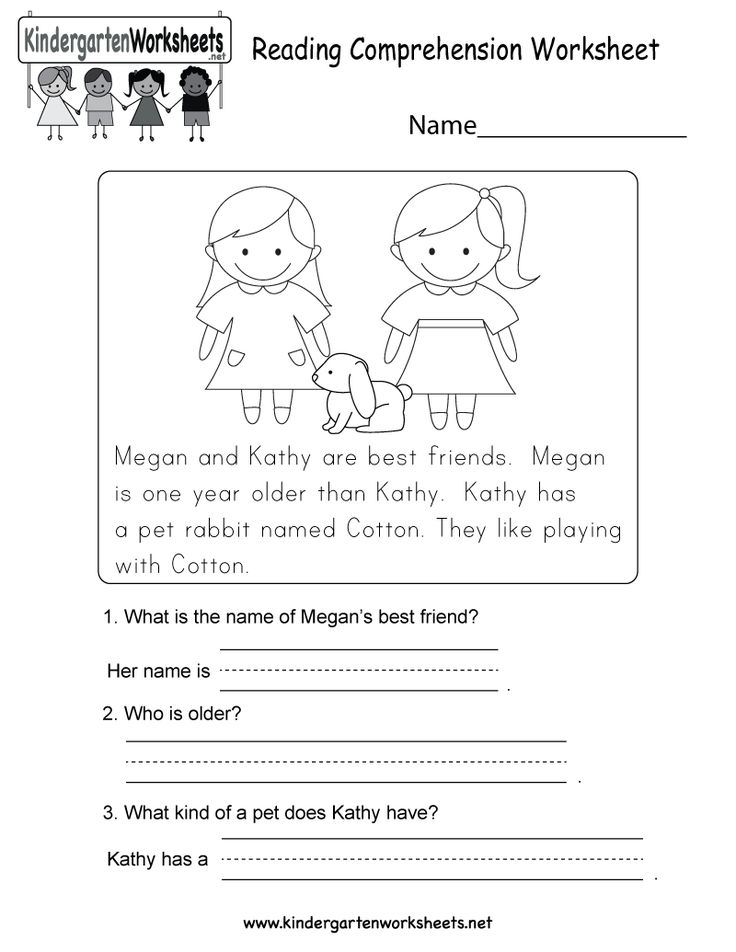 For example: AP - AM - AN - AB - AT - AS - AF - HELL, AK - OK - UK - KY - IR - EK - YOK - YUK - YAK - EK.
For example: AP - AM - AN - AB - AT - AS - AF - HELL, AK - OK - UK - KY - IR - EK - YOK - YUK - YAK - EK.
Invite the child to move the strips independently. Ask to compose any syllable according to your task or the desire of the baby. Organize a "School for Toys" where the teacher - your child - will show his toys different syllables with the help of this manual. Good luck!
goals, benefits, program with exercises
After the child has learned to read by syllables, he will have to master the skill of reading full texts. Teaching children to read is a complex and time-consuming process that requires the right approach. This article will cover all the important issues. concerning the introduction of children to literature.
The importance and purpose of reading for preschoolers
Reading is a skill that every adult needs. The sooner the kid starts learning to work with texts, the sooner he will be able to take advantage of all the benefits that will become available to him.
Learning to read best with parents
Reading is responsible for the development of skills such as analysis of the text read, perception and retelling of the information received. It replenishes vocabulary and develops logical thinking. Working with fiction already at an early age forms a competent, beautiful and correct speech, and the child himself learns to freely express his thoughts in his native language.
Reading is also responsible for the formation of moral and cultural values, character and worldview. With its help, the baby indirectly gets acquainted with the past, future and present. The most important spiritual qualities, such as mercy, compassion, the joy of someone else's success, children also often draw from books.
The purpose of reading fiction in kindergarten is to master all of the above skills, and most importantly, to instill in children a love of reading. All this can be achieved with the help of works of Russian folklore. Interesting and fascinating stories of fairy tales will teach the younger generation to see the plot, climax, denouement in the work.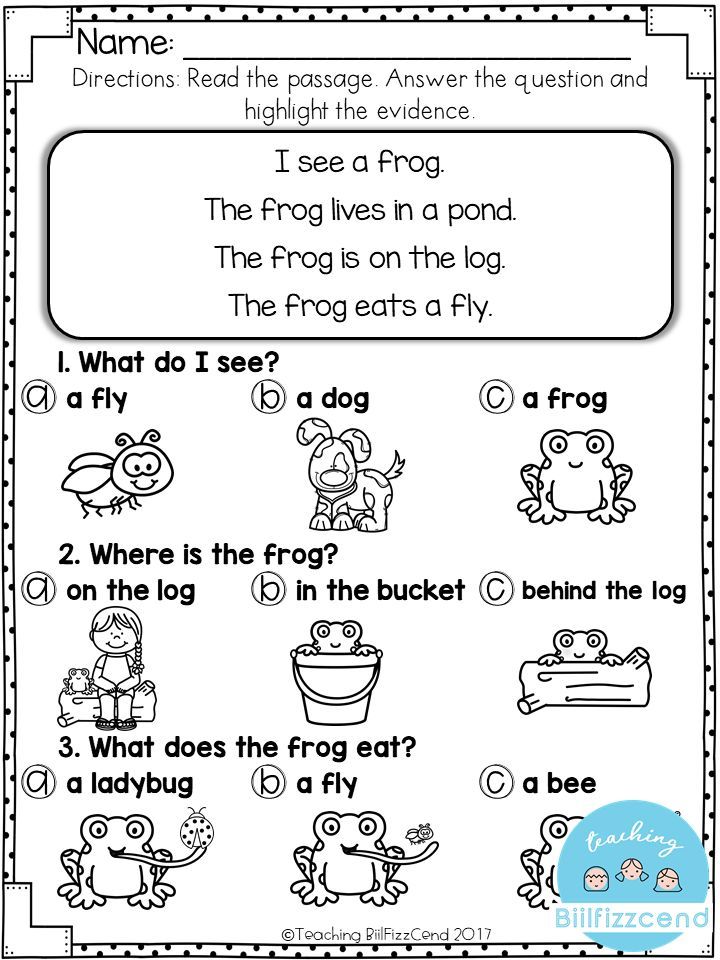 On a subconscious level, they will catch what the plot is and will be able to divide the characters into "good" and "bad". All this develops logical thinking and contributes to comprehensive development.
On a subconscious level, they will catch what the plot is and will be able to divide the characters into "good" and "bad". All this develops logical thinking and contributes to comprehensive development.
Important! Literary education plays a huge role for preschoolers, because it is one of the key factors in their upbringing. The book will become a means of understanding the surrounding world, its way of life and foundations.
At what age can you start learning
Each kid needs an individual approach, so there is no clear age when you need to start teaching him to read. There are generally accepted age limits, but even here there are many pitfalls.
Modern realities force inexperienced parents to chase time, and this often affects their children. Ambitious adults try to invest in the child all the skills as early as possible: knowledge of foreign languages (often English), reading and much more. Now a child who came to the first grade, being able to read, is not uncommon. But is it necessary to take away their childhood from preschool children for what they will be taught anyway in the future? Each parent decides for himself.
But is it necessary to take away their childhood from preschool children for what they will be taught anyway in the future? Each parent decides for himself.
Every parent decides when to teach a child to read
Determining the optimal age to start reading classes ends with the fact that the best time is when the child reaches for literature on his own. As a rule, this is a period between six and seven years.
Important! A child cannot just pick up and want to learn to read. Everything should come from the family. In order for the baby to independently take the initiative, he must learn this from adults. Parents should read aloud to him before going to bed, be able to turn spending time together into a game.
It is unlikely that a child of 3-4 years old will want to read a book on his own. At this age, he can be taught to mechanically add syllables into words, but he will not understand the meaning of what he read. This practice often leads to the formation of an internal barrier to further learning, and there is no benefit from it.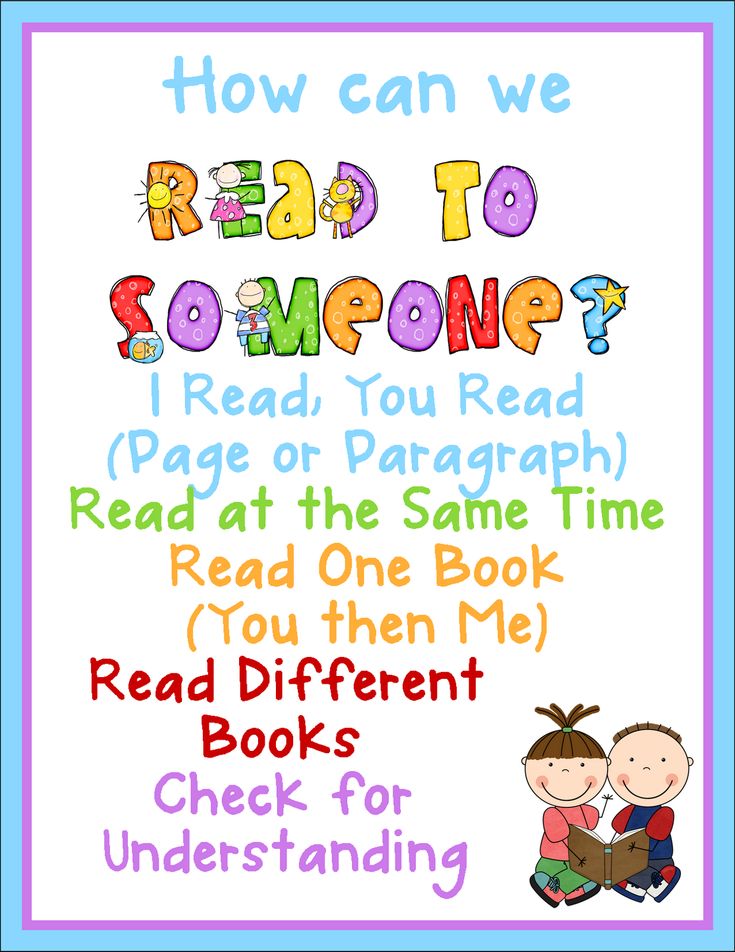
When a child begins to be interested in books, parents need to be able not to take this interest away from him.
Please note! When the kid nevertheless reached for literature, he did not become an adult. All learning should not take much time - at this age, it is difficult for children to focus on long-term perception of information, and even more so on its comprehension.
The ideal option is to turn reading for toddlers into an entertaining game. Then the learning process will not be perceived with rejection, which is a normal reaction of the brain to something new.
However, even if a child of 6-7 years old cannot read, this is not backwardness, but a normal phenomenon. It's time to start teaching him this. The GEF program offers tasks for learning to read from scratch at this age. Often, audio lessons are sold as an app for textbooks.
How to start your first reading
There are a huge number of methods that offer parents the most sophisticated options for gently teaching children to read.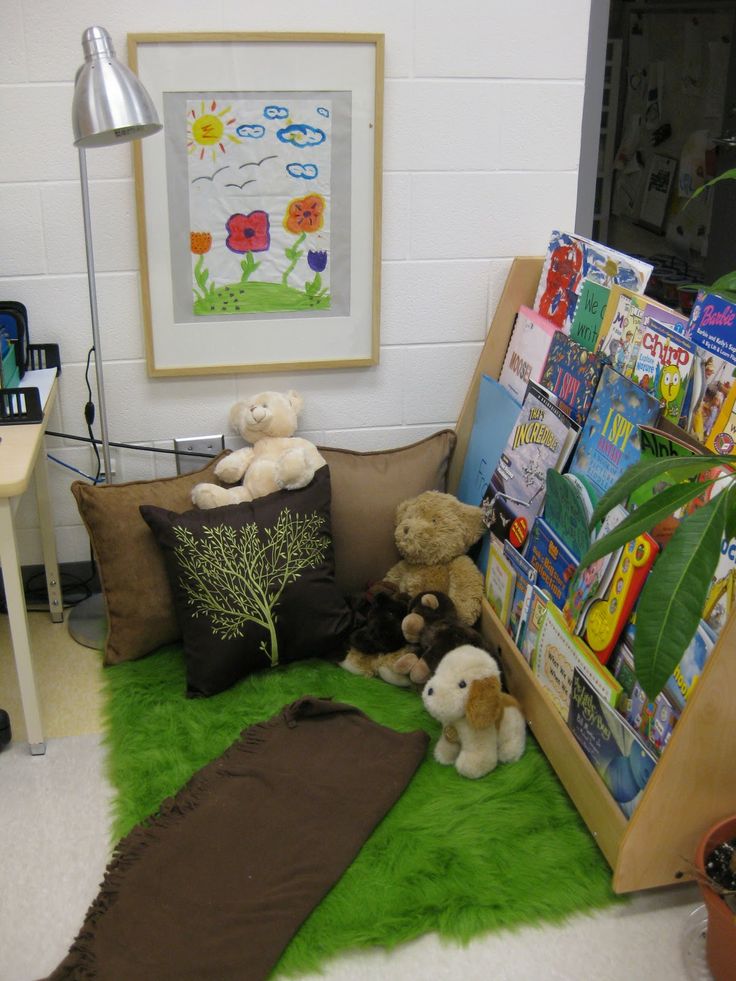 But is it worth it to surround the child with cards with words from 5-6 months?
But is it worth it to surround the child with cards with words from 5-6 months?
Parents also learn in the process
In order for reading to children aged 5-6 not to become news, it is necessary to surround the child with written information from childhood. The alphabet on the wall, books in the house, cubes with letters - the kid must get used to the fact that textual information is an indispensable part of life.
Everything should go from simple to complex. First letters, then syllables, then words, sentences, and text. Learning letters with a child is not difficult if you turn everything into a game. For example, you can print coloring pictures with letters on cards, and in the process of coloring invent which words begin with this letter.
Important! We must not forget about the most important component of the Russian language - sounds. It is necessary to teach the child to understand and pronounce sounds in a timely manner. This will help him master reading much faster.
When the child has mastered the letters, syllables and sounds, you can move on to reading words. It is important to be patient with classes and make sure that the child does not feel discomfort. Do not rush him if he thought about the name of the next letter. Each lesson is the work of two, but the main task lies with an adult.
Additional information. Do not exercise with your child for more than 15-20 minutes a day. This is the optimal time for which the baby can concentrate, subject to interest. Fast learning to read does not depend on the duration of the lessons, but on their regularity and quality.
Reading short stories or fairy tales before bed is a good option for the first group activities. This is suitable for those cases when the baby has already mastered the letters and syllables. At this time, the parent reads the text on his own, occasionally inviting the child to try to read this or that word. It is worth choosing words that make sense, but not too complicated.
For example, if the story is about a snail, you can ask the child to read the word "snail" and show it in the picture. The main thing is to make sure that the child does not learn to guess the words by the connection of the first letter and the picture. How to avoid this will be discussed below.
If a parent really wants to teach a child to read, but absolutely does not know how to approach this matter, it makes sense to purchase a special manual in a bookstore. It can also be found online in the form of a presentation. This literature is aimed at educating parents.
How learning should be done
Despite the lack of a single methodology for teaching reading, there are rules that will help parents learn to read for preschoolers.
Important! Each parent can independently determine the algorithm by which he will introduce his child to literature. The main thing to remember is that the entire responsibility for the educational process lies with the teacher, in this case, the parent.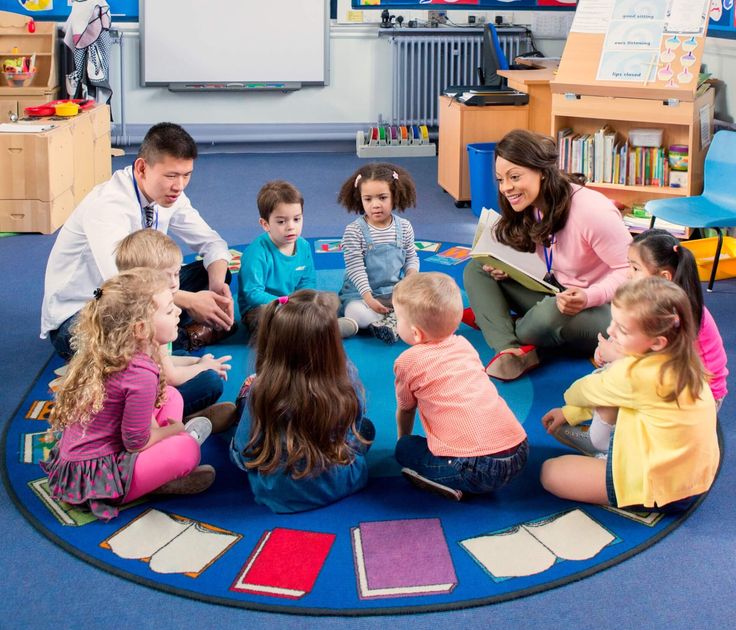
Those who doubt their own abilities can seek the help of a specialist. The modern service market offers a huge number of teachers who are ready to teach a child to read at least at five, at least at six or seven years.
It is better for parents to take care of a child
But will it be interesting for a child to engage in an unfamiliar business with a stranger? Probably not. Therefore, adults should carefully consider everything and honestly answer the question, do they want to take away the carefree time of childish pranks from their child and spend it studying?
Reading simulators
It is customary to start learning to read from books where words are accompanied by pictures. However, it is often easier for children to read the first letter and, by comparing it with the picture, guess the word. To avoid this, it is proposed to use a card index with words.
First, the child is given cards with three-letter words: house, cat, garden….. When he has learned to read such words freely, you can move on to cards with four-letter words.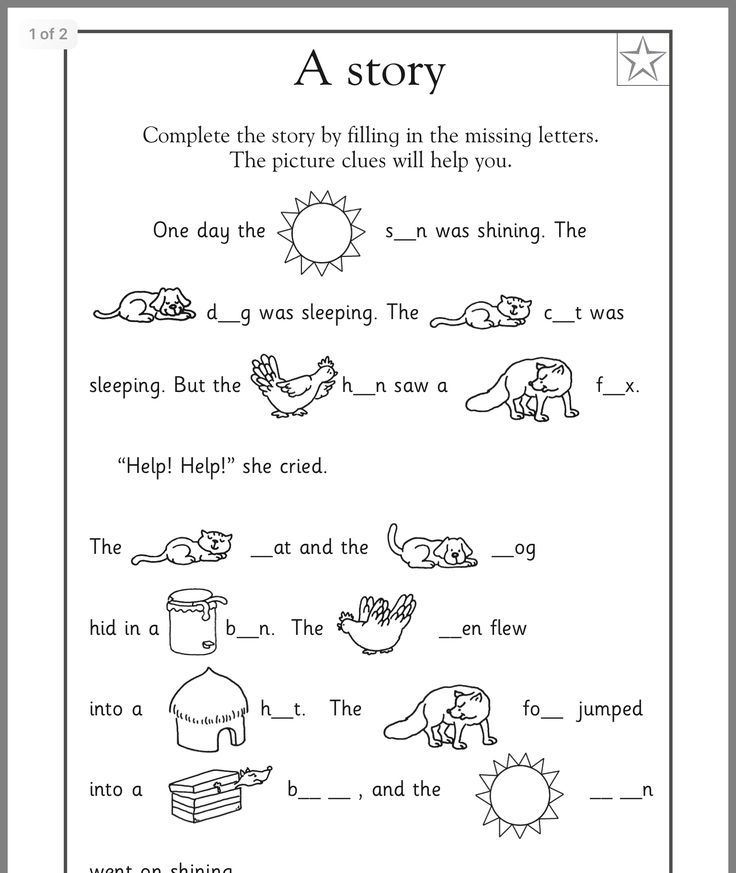 Next - words, where three, four syllables.
Next - words, where three, four syllables.
Important! Such a simulator assumes the absence of a word-picture-object association, so you cannot focus only on classes with it. But the practice of "only words" is sometimes helpful.
Another good reading simulator for preschoolers that develops the child's ability to think logically and increases the speed of reading - anagrams. It is worth offering to make a word out of a set of letters, and help the kid understand the essence of the game, and it will definitely drag him out. For clarity, the letters can be printed on a sheet of paper and cut out. For example, from "yarub" the child will have to collect the word "storm".
An example of a simulator with cards
Useful exercises
An interesting exercise that helps develop a child's interest in reading and quickly consolidate the already mastered skill - "half a word". It is necessary to close the words in the sentence exactly halfway with a ruler, and invite the child to read them.
You can also print simple words on the cards, cut the papers in half, and invite the child to collect the words piece by piece. Such an interesting task will cause excitement in the kid. And the presence of passion implies the presence of interest, which is one of the key factors in the process of teaching preschoolers to read.
Reading by syllables
At the initial stages of teaching preschool children to read, the most important moment is reading by syllables. This is what will become the basis for reading words in the future.
When the preschooler has finished learning the letters, the usual alphabet can be replaced with the “alphabet with syllables”. It will help the child to visualize the sounds and syllables from which these sounds are obtained. It also assumes the existence of rules on some syllables (there is no combination “chya” - it is replaced by “write thicker with the letter a”).
Important! It is better to start teaching your baby to read with repeated syllables.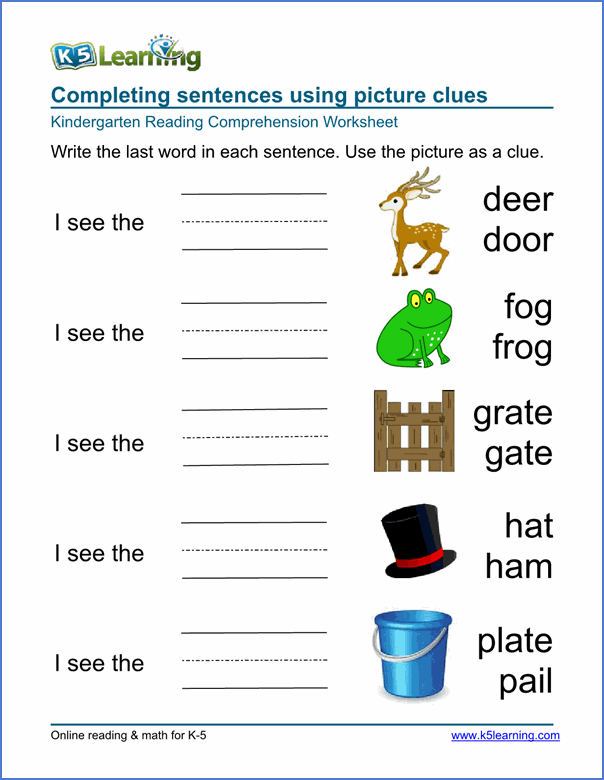 For example, ma-ma, pa-pa, uncle-dya and others. This exercise will help the child comprehend the connection of syllables and words.
For example, ma-ma, pa-pa, uncle-dya and others. This exercise will help the child comprehend the connection of syllables and words.
How often should you study with a child
The key to success in mastering any skill lies in regularity. The more regular the classes, the better. But it is not in vain that they say that repetition is the mother of learning. So do not forget about the importance of repeating the previously studied material.
Most of the manuals offer 15-20 minutes of lessons with children of primary preschool age daily, but this scenario is not suitable for everyone.
Some children find reading difficult, both in the process and in general. We must not forget that every child is an individual with their own tastes, preferences, hobbies. A child may not like reading, and this is not scary.
In order for the child to like classes, he needs to be interested
In cases where the child finds it difficult to study, it is too early to give up.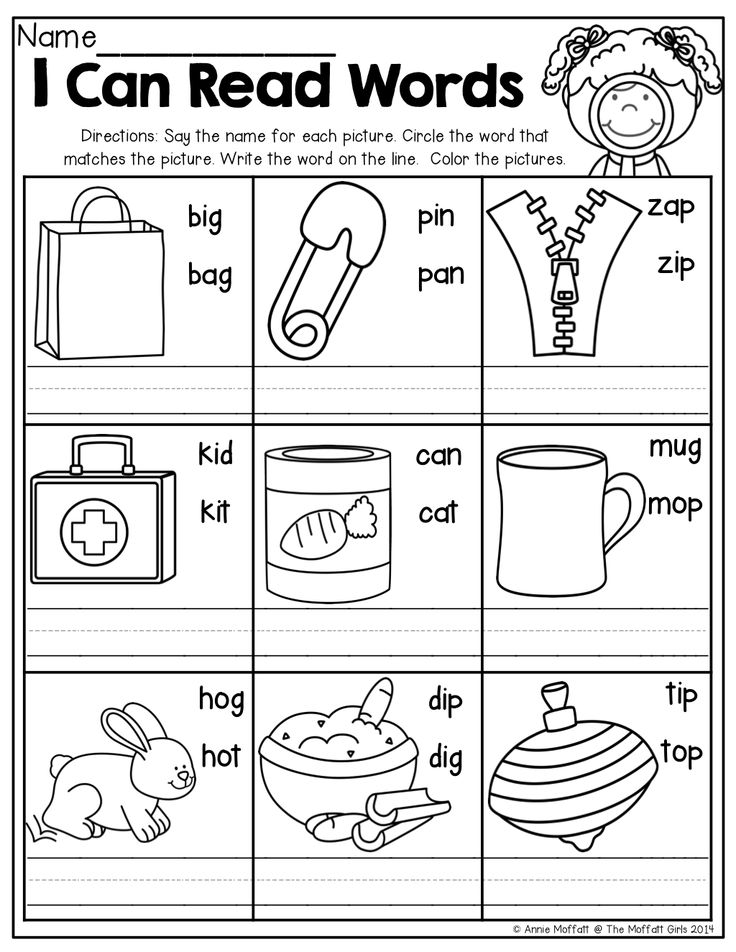 It makes sense to take breaks between classes in 1-2 days.
It makes sense to take breaks between classes in 1-2 days.
Important! Also, parents should remember that in the preparatory groups of the preschool educational institution, educators also work with children. You should not overload the child when he did a good job in kindergarten, otherwise he will quickly get bored.
Books for independent reading at 6-7 years old
Independent reading for children involves the selection of the correct literature. After all, the key factor in the question of a preschooler's interest in a particular book will be its content.
Unfortunately, the modern market is full of books with interesting content, but an absolutely perverted concept of morality. The first literary experience of a child should be not only entertaining, but also useful. After all, as mentioned earlier, books form not only the mental skills of a person, but also engage in his spiritual education.
In order not to make a mistake with the choice of a book, then a list of suitable literature for self-reading of children of primary preschool age will be compiled.
Family reading lessons
- The Little Humpbacked Horse (Peter Ershov).
- Scarlet Flower (Sergey Aksakov).
- Silver Hoof (Pavel Bazhov).
- Pushkin's Tales ("The Tale of the Golden Cockerel", "The Tale of the Orybak and the Fish").
- The Wizard of the Emerald City (Alexander Volkov).
- "Old Man Hottabych" (L. Lagin).
- "Three fat men" (Yu.Olesha).
- "The Adventures of Pinocchio" (A. Tolstoy).
- "Deniska's stories" (V.Dragunsky).
- The Little Prince (A. Saint-Exupery).
- "Mowgli" (R. Kipling).
- "Winnie the Pooh and all-all-all" (A. Milne).
In conclusion, it is worth noting that it is important, but not necessary, to teach a child to read at preschool age.

